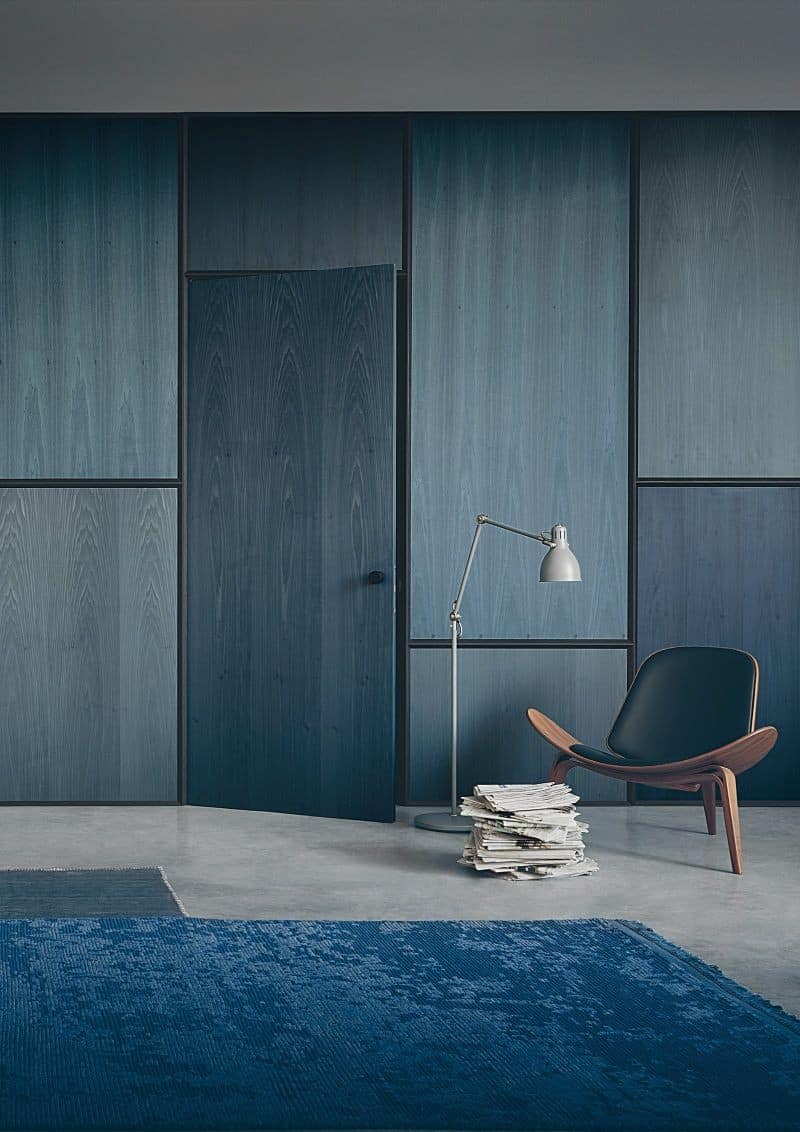When it comes to interior design, tile patterns play a pivotal role in defining the aesthetic and functionality of a space. From kitchens to bathrooms, the right tile pattern can elevate the overall ambiance, making it essential for homeowners and designers alike to understand the most popular tile patterns available. This article delves into the intricacies of tile patterns, exploring their history, applications, and the reasons behind their popularity.
The Evolution of Tile Patterns
Tile patterns have a rich history that dates back thousands of years. Ancient civilizations, such as the Egyptians and Romans, utilized intricate tile designs to adorn their temples and public spaces. These early patterns often featured geometric shapes and vibrant colors, serving both decorative and practical purposes. As time progressed, tile patterns evolved, influenced by cultural shifts, technological advancements, and changing aesthetic preferences.
Understanding Tile Patterns
Before diving into the most popular tile patterns, it’s essential to understand the basic types of tile patterns. Tile patterns can be broadly categorized into two types: geometric and organic. Geometric patterns are characterized by their structured shapes and lines, while organic patterns often mimic natural forms and textures. Both types can be further divided into various styles, each with its unique appeal.
The Most Popular Tile Patterns
- Herringbone Pattern
The herringbone pattern is a classic choice that has stood the test of time. This zigzag design creates a sense of movement and depth, making it ideal for both floors and walls. The herringbone pattern is particularly popular in hardwood and ceramic tiles, offering a sophisticated look that complements various design styles, from traditional to modern. - Chevron Pattern
Similar to the herringbone, the chevron pattern features V-shaped designs that create a dynamic visual effect. Unlike herringbone, the chevron pattern requires tiles to be cut at an angle, resulting in a more continuous zigzag line. This pattern is often used in contemporary spaces, adding a touch of elegance and modernity. - Subway Tile Pattern
The subway tile pattern, characterized by rectangular tiles arranged in a staggered grid, is a staple in kitchens and bathrooms. Its clean lines and minimalist aesthetic make it versatile for various design styles. The classic white subway tile is particularly popular, but colored and textured variations have emerged, allowing for more personalized designs. - Basketweave Pattern
The basketweave pattern combines rectangular and square tiles to create a woven effect. This intricate design adds texture and visual interest, making it a popular choice for backsplashes and bathroom floors. The basketweave pattern can be achieved with various materials, including ceramic, porcelain, and natural stone. - Mosaic Pattern
Mosaic patterns consist of small tiles arranged to form intricate designs or images. This artistic approach allows for endless creativity, making mosaics a popular choice for feature walls, pool areas, and artistic installations. The versatility of mosaic patterns means they can be tailored to fit any style, from classic to contemporary.
Factors Influencing Tile Pattern Popularity
Several factors contribute to the popularity of specific tile patterns.
- Aesthetic Appeal: The visual impact of a tile pattern is often the primary consideration for homeowners and designers. Patterns that offer a unique look while remaining timeless tend to gain popularity.
- Versatility: Patterns that can seamlessly integrate into various design styles—such as modern, rustic, or industrial—are more likely to be favored by a broader audience.
- Functionality: Certain tile patterns are better suited for specific applications. For example, the herringbone pattern is often chosen for high-traffic areas due to its durability and ease of maintenance.
- Trends: Design trends play a significant role in tile pattern popularity. As homeowners seek to create spaces that reflect current styles, patterns that align with these trends often see a surge in demand.
Conclusion
Understanding the most popular tile patterns is crucial for anyone looking to enhance their living spaces. From the timeless elegance of herringbone to the artistic flair of mosaics, each pattern offers unique benefits and aesthetic qualities. By considering factors such as style, functionality, and current trends, homeowners and designers can make informed decisions that elevate their interiors. As you embark on your design journey, remember that the right tile pattern can transform a mundane space into a stunning masterpiece, reflecting your personal style and enhancing the overall ambiance of your home.


